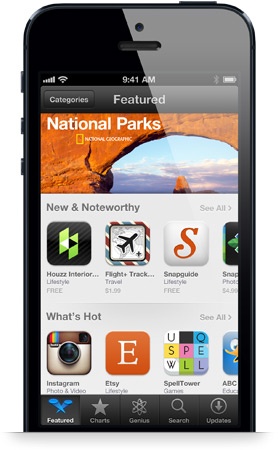US Government Investigating Mobile App Makers – Too Much Info on Children?
In its announcement Monday, the Federal Trade Commission said that mobile apps aimed at children have disclosures that don’t really tell parents what data is being collected from their children, how it is being shared, or who will have access to that data. This is the FTC’s second study on kids’ mobile apps and was conducted on hundreds of randomly selected apps from the Google Play and Apple App stores. In addition to finding that the apps disclaimers were sub-par, the study also found that 22% of the apps contained advertising and links to social media. You might want to grab that smartphone or tablet from your kids and take a look at what apps they are using! Sadly, no specific apps were mentioned in the study, so you’ll have to figure it all out on your own! The release states that the FTC staff is developing new consumer education directed to parents to help navigate the mobile app marketplace and avoid apps that fail to provide adequate disclosures, but we all know that will be out dated by the time it is released!

The FTC survey found that:
- Parents are not being provided with information about what data an app collects, who will have access to that data, and how it will be used. Only 20 percent of the apps staff reviewed disclosed any information about the apps privacy practices.
- Many apps (nearly 60 percent of the apps surveyed) are transmitting information from a users device back to the app developer or, more commonly, to an advertising network, analytics company, or other third party.
- A relatively small number of third parties received information from a large number of apps. This means the third parties that receive information from multiple apps could potentially develop detailed profiles of the children based on their behavior in different apps.
- Many apps contain interactive features such as advertising, links to social media, or the ability to purchase goods within an app without disclosing those features to parents prior to download.
- Fifty-eight percent of the apps reviewed contained advertising within the app, while only 15 percent disclosed the presence of advertising prior to download.
- Twenty-two percent of the apps contained links to social networking services, while only nine percent disclosed that fact.
- Seventeen percent of the apps reviewed allow kids to make purchases for virtual goods within the app, with prices ranging from 99 cents to $29.99. Although both stores provided certain indicators when an app contained in-app purchasing capabilities, these indicators were not always prominent and, even if noticed, could be difficult for many parents to understand.

Comments are closed.